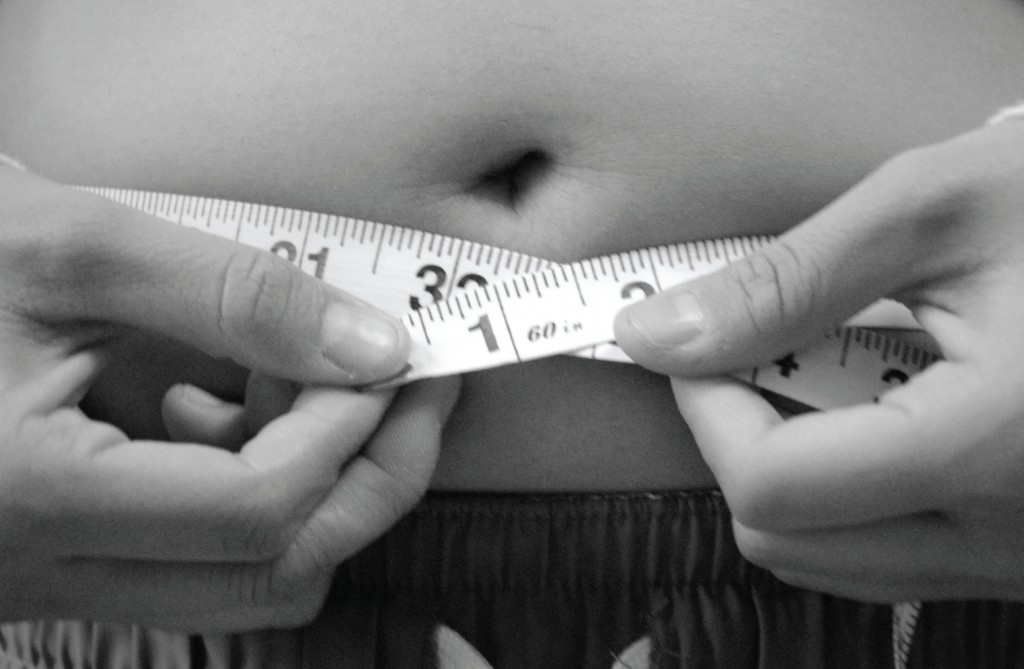
The connection between vitamin D deficiency and belly fat
Vitamin D deficiency has been traditionally linked to poor bone health, which then exposes you to worse health problems like obesity, diabetes, and cardiovascular disease.
Aside from the usual suspects for larger waistlines such as consuming highly processed foods or a lack of physical activity, a new study shows that vitamin D deficiency is a key driver to unwanted belly fat.
Scientists from Leiden University Medical Center and VU University Medical Center examined total body fat and belly fat among subjects of a previous study. After adjusting for other factors such as levels of exercise, alcohol consumption, and chronic illnesses, the researchers found that lower levels of vitamin D were linked to both total and abdominal fat in women, with the latter having a greater impact. In men, this association was observed in the abdomen and liver. Overall, higher amounts of belly fat coincided with lower levels of detected vitamin D.
Lead researcher Rachida Rafiq explained, "[T]he strong relationship between increasing amounts of abdominal fat and lower levels of vitamin D suggests that individuals with larger waistlines are at a greater risk of developing deficiency, and should consider having their vitamin D levels checked."
The next step for the researchers is to determine how this connection works: Does vitamin D deficiency cause fat accumulation in the belly, or does belly fat decrease levels of vitamin D? Rafiq noted that this will take further research. In the meantime, their findings were presented in the 2018 European Society of Endocrinology annual meeting in Barcelona.
This particular risk factor comes with huge financial risk. For every inch of belly fat, the cost of healthcare was found to increase by five percent in men and three percent in women – every year.
A Danish study reports that women with over 37 inches around their waist are likely to pay more for healthcare compared to their peers with a healthy waistline. This health concern applies to men as well. Too much fat in the belly poses a serious health risk because fat cells fuel the growth of cancer cells.
Replenish your vitamin D levels
A person with vitamin D deficiency will display the following symptoms:
- Tiredness
- Aches and pains
- Malaise or a general sense of not feeling well
- Severe bone or muscle pain or weakness that can affect physical activity such as climbing stairs
- Stress fractures, especially in the legs, pelvis, and hips
The best way to increase your vitamin D levels is a full body exposure to sunlight for about 20 minutes. However, most people live at elevated latitudes, where the sun's rays have limited reach, and in turn, don’t offer enough direct sunlight to generate the desired outcome.
Other factors can affect your ability to get sufficient amounts of vitamin D through sunlight, including:
- Being in an area with high pollution
- Using sunscreen
- Spending more time indoors
- Living in big cities where buildings block sunlight
- Having darker skin (higher levels of melanin prevents the absorption of vitamin D)
You can obtain vitamin D from certain foods, though there aren't many options. This is why some foods may be fortified with vitamin D. These foods include:
- Egg yolks
- Salmon
- Sardines
- Shrimp
- Milk (fortified)
- Cereal (fortified)
- Yogurt (fortified)
- Orange juice (fortified)
It can be hard to get adequate amounts of vitamin D each day through sun exposure and food alone; that’s why so many integrative healthcare providers recommend supplements to increase vitamin D levels in the body.
Sources include:
Please contact us for more information.




















